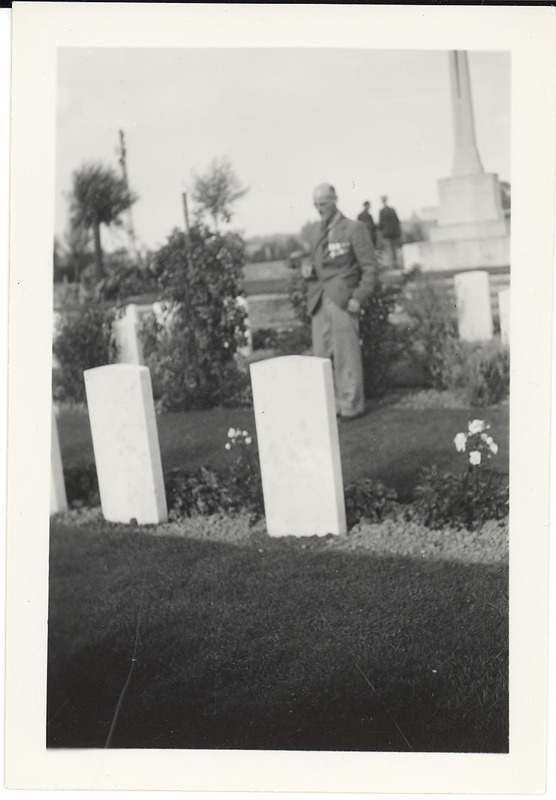Search Great War Images from the U of S
Vimy Pilgrimage
 In July 1936, 6,200 Canadians made their way across the Atlantic to the former Western Front. Called the Vimy Pilgrimage, it was the largest peacetime movement of people from Canada to Europe. In 1920, a public competition had called for designs of the eight Canadian battlefield monuments in Europe. In May 1922, Walter Allward’s twin-pillar design was selected for the site of the Battle of Vimy Ridge, arguably the Canadian Corps' most significant victory during the war. A series of construction and economic factors delayed the completion of the project until the mid-1930s.
In July 1936, 6,200 Canadians made their way across the Atlantic to the former Western Front. Called the Vimy Pilgrimage, it was the largest peacetime movement of people from Canada to Europe. In 1920, a public competition had called for designs of the eight Canadian battlefield monuments in Europe. In May 1922, Walter Allward’s twin-pillar design was selected for the site of the Battle of Vimy Ridge, arguably the Canadian Corps' most significant victory during the war. A series of construction and economic factors delayed the completion of the project until the mid-1930s.
At the 1928 Canadian Legion national convention, a resolution was passed unanimously asking for the organization of a pilgrimage to the Great War battlefields. The goal was to coordinate the trip with the unveiling of Allward’s monument. The July 1934 issue of The Legionary confirmed the pilgrimage was indeed going to happen. Pilgrims were to pay $160 for the voyage, and in return, they received a special Vimy pilgrimage passport. Pilgrims were given khaki berets on the voyage. They drank, they sang, they told stories. The camaraderie of old times returned. As historian Tim Cook has put it, “it was a joyous reunion.” Twelve days later, they had reached the shores of England, and on 26 July, they reached the peaks of Vimy Ridge. The memorial was unveiled that afternoon. Two twin pillars reached toward the blue afternoon sky, with twenty allegorical figures looking down upon the large crowd that surrounded the impressive monument. It truly represented loss and remembrance. Three chaplains, representing three church sects, gave speeches, expressing hope that the Great War had provided the means of a permanent peace. The next three speakers, including King Edward VIII, spoke of Canada’s ascendance to the international stage and its emergence as a nation.
Although the pilgrimage officially ended on 1 August, its legacy would not die. Vimy did not represent the birth of a nation when the Canadian troops finally reached the top of the slopes of the ridge in victory in April 1917. However, the Vimy Pilgrimage with its unveiling of the symbolic monument at Vimy Ridge while 6,200 veterans looked on, and the expressions of national emergence and international ascendance given in the speeches, gave birth to the myth of Vimy Ridge: the birth of the Canadian nation.
The link above contains documents relating to John Diefenbaker's participation in the Saskatchewan Vimy Pilgrimage Club and his trip to the battlefields of France. Items include, memorabilia, correspondence and the Vimy Ridge Canadian Passport. All of the scanned images come from the University of Saskatchewan Diefenbaker Archival Collections, MG 411.

